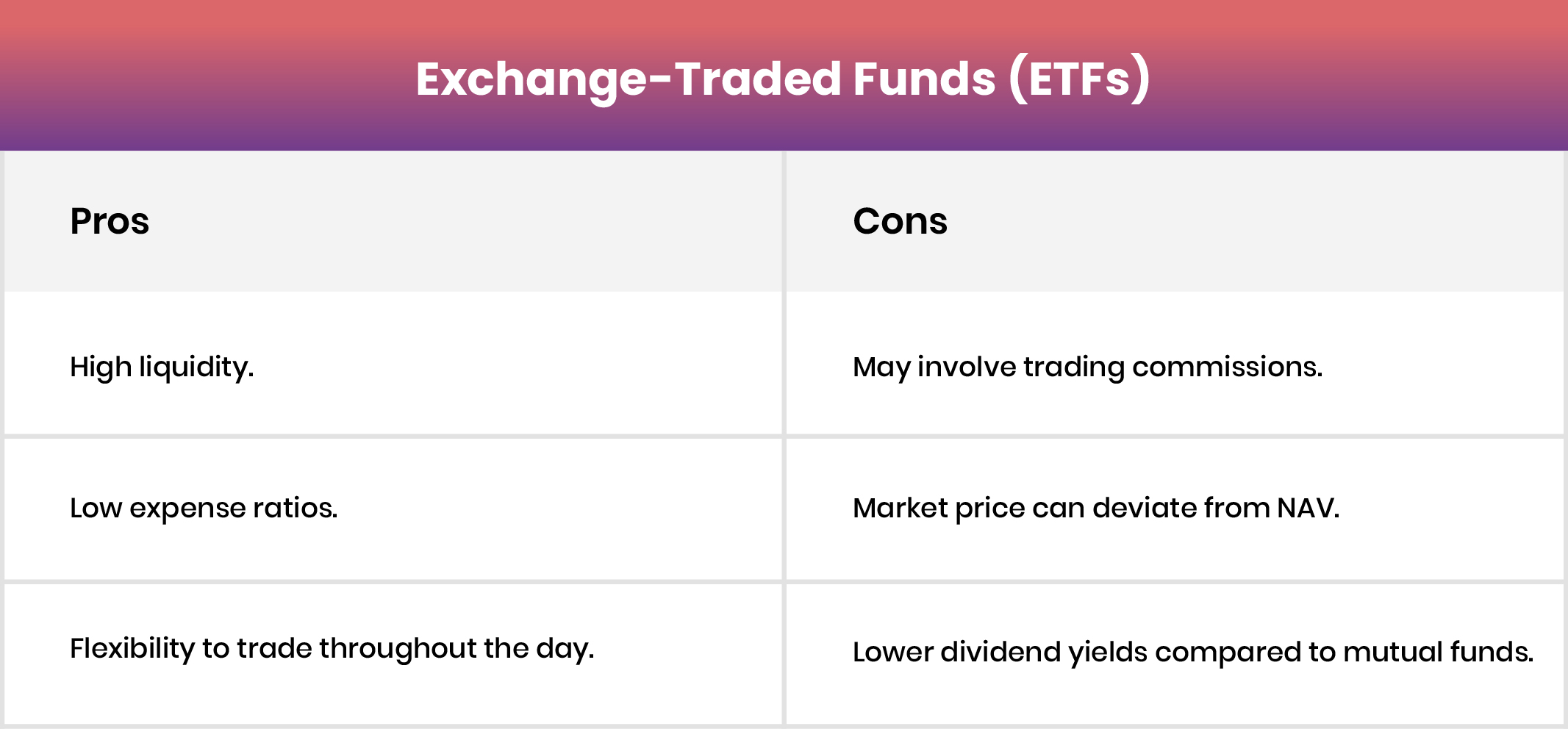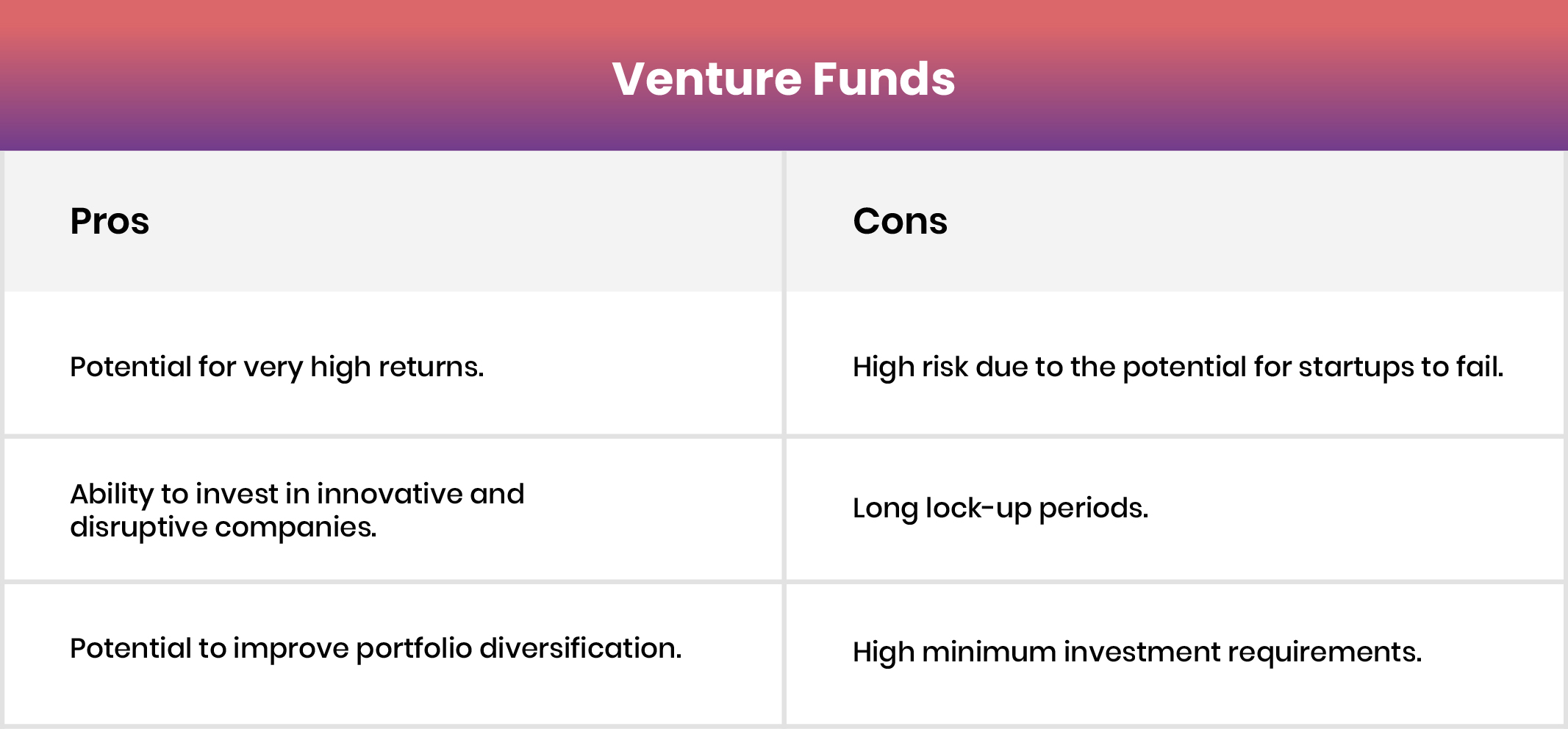Unlocking Investment Opportunities: A Comprehensive Guide to Investment Funds
The world of investing is complex, especially when it comes to choosing the right types of funds to meet your financial goals. At DCA Asset Management, we understand that making informed investment decisions starts with understanding your options. We recently walked through the two most common types of funds, Closed-End Funds and Open-End Funds. In this post, we’ll dig a bit deeper into the variations of fund types that investors must navigate.
Bond Funds
Bond funds pool money to invest in a variety of debt instruments, offering diversification and professional management.
Investments: Bond Funds can be invested in a variety of different bonds issued by governments, municipalities, or corporations. Some Bond Fund strategies also offer tax advantages and diversification for investors.
Typical Investors: Insurance companies, institutional investors, and individuals seeking stable returns.
Minimum Investment: Ranges from a few hundred to several thousand dollars.
Timeline: Varies from short-term (1-3 years) to long-term (10+ years).
Liquidity: Moderate. While bonds can be less liquid than stocks, since bond funds are also equities, they are typically as liquid as stocks.
Mutual Funds
Mutual funds are typically open-end funds that pool money from many investors to purchase a diversified investment securities portfolio.
Investments: There is a very wide variety of sectors and securities that can be included in mutual funds. This includes equities, bonds, REITs, and commodities. Mutual Funds can be diverse and follow a general market index, or they can be very targeted towards a specific sector and/or geography. Mutual Funds are an easy way for investors to quickly gain exposure in a certain market or sector, depending on preferences and risk tolerance.
Typical Investors: Both institutional and retail investors have exposure to mutual funds.
Minimum Investment: Typically, can be as low as $500 or up to $5,000.
Timeline: Varies and can be suitable for both short and long-term investment goals.
Liquidity: High; Daily purchases and redemptions at NAV.
Exchange-Traded Funds (ETFs)
ETFs are similar to mutual funds but trade like stocks on an exchange.
Investments: ETFs can hold a wide range of investments – including commodities, bonds, and stocks. They often track indexes like the S&P 500, but they can also invest in various asset classes and be very targeted. ETFs are a low-cost solution for investors looking to gain market exposure to various sectors and/or geographies.
Typical Investors: Individuals (including retirees) and institutional investors looking for flexibility and low costs.
Minimum Investment: Price of one share, which can be as low as a few dollars.
Timeline: Suitable for both short-term and long-term strategies.
Liquidity: High; can be bought and sold throughout the trading day.
Derivative Funds
Derivative funds invest in financial instruments like futures, options, and swaps, which derive value from underlying assets.
Investments: Futures, options, swaps, and other derivatives based on stocks, bonds, commodities, or currencies.
Typical Investors: Sophisticated investors, including institutional investors, foundations, asset managers, and high-net-worth individuals.
Minimum Investment: Often requires a substantial initial investment, varying by fund, sometimes as high as $100,000 to several million dollars.
Timeline: Can be short-term or long-term, depending on the strategies employed.
Liquidity: Generally high for exchange-traded derivatives but can be lower for over-the-counter instruments.
Hybrid Funds
Hybrid funds, also known as balanced funds, invest in a mix of asset classes such as stocks, bonds, and other securities to balance risk and return.
Investments: A combination of equities, fixed income, and sometimes other asset classes like real estate or commodities.
Typical Investors: Investors seeking a diversified portfolio with moderate risk and return, including individual investors, institutional investors, endowment funds, pension funds, and insurance companies.
Minimum Investment: Varies by fund but often accessible with moderate initial investments.
Timeline: Suitable for medium to long-term investment goals.
Liquidity: High; shares can be bought and sold at NAV.
Venture Funds
Venture or venture capital funds invest in early-stage companies with high growth potential. They provide capital in exchange for their equity investment in the startup.
Investments: Startups and early-stage companies, often in the technology and biotechnology sectors.
Typical Investors: Accredited investors, institutional investors, and high-net-worth individuals seeking high growth opportunities.
Minimum Investment: Varies widely from tens of thousands to hundreds of thousands of dollars.
Timeline: Long-term investment horizon, usually 7-10+ years, due to the time needed for startups to grow.
Liquidity: Very limited, as investments are in private companies that are not publicly traded.
Invest with Confidence and Consideration
—
*One of DCA’s guiding principles is that we will communicate with our investors and prospective investors as candidly as possible because we believe investors and prospective investors benefit from understanding our investment philosophy and approach. Our views and opinions regarding the prospects of investments and/or the economy are forward looking statements as defined under the U.S. federal securities laws, which may or may not be accurate and may be materially different over future periods. Generally, the words “believe,” “expect,” “intend,” “estimate,” “anticipate,” “project,” “will,” “may,” “should,” “plan,” or the negative of such terms and similar expressions identify forward looking statements. Forward looking statements are subject to certain risks and uncertainties that could cause actual results to materially differ from an investor’s historical experience and current expectations or projections indicated in any forward looking statements. These risks include, but are not limited to, equity securities risk, corporate bonds risk, credit risk, interest rate risk, leverage and borrowing risk, additional risks of certain investments, management risk, and other risks. We disclaim any obligation to update or alter any forward looking statements, whether as a result of new information, future events, or otherwise. You should not place undue reliance on forward looking statements, which speak only as of the date they are made.






